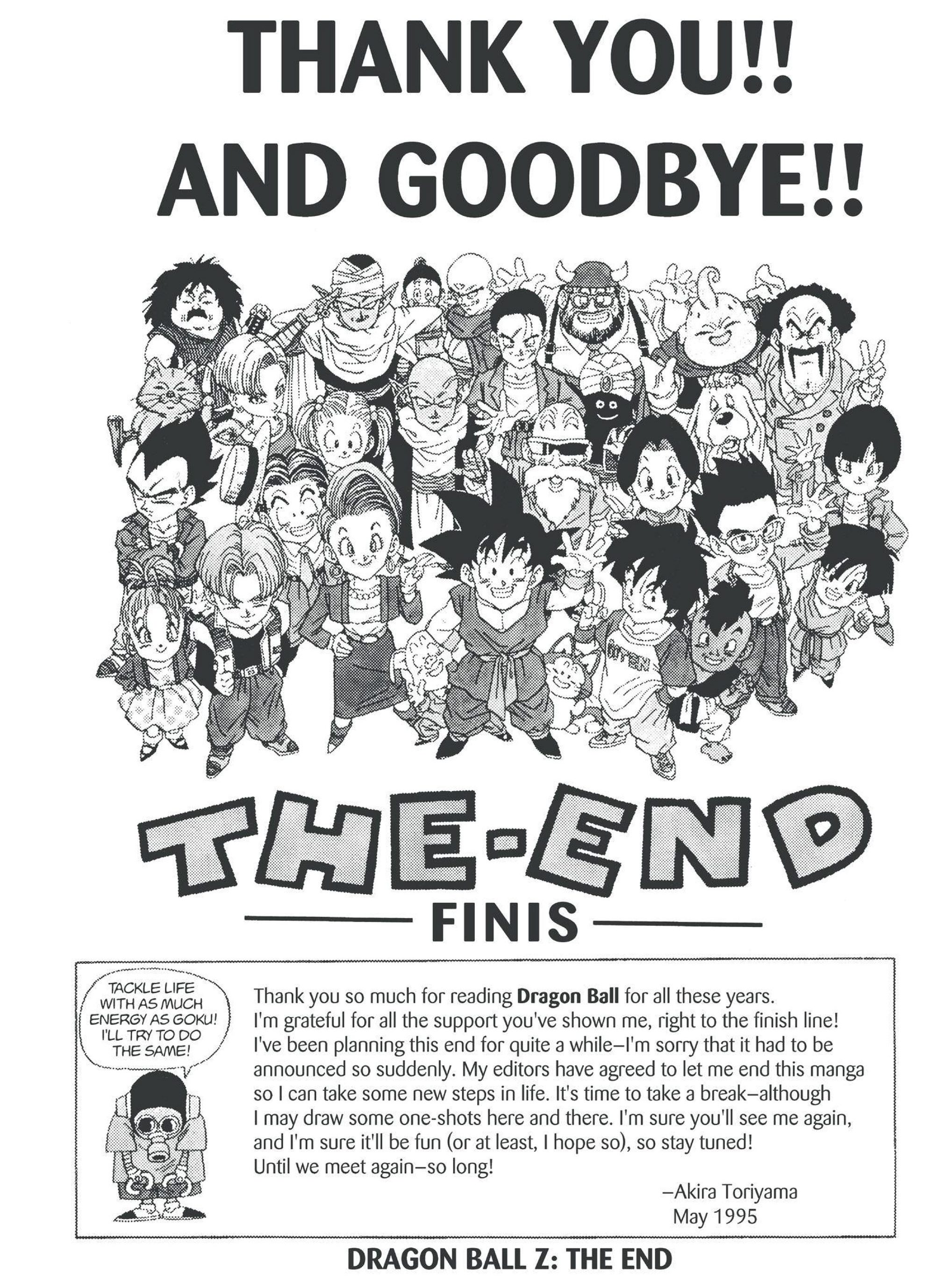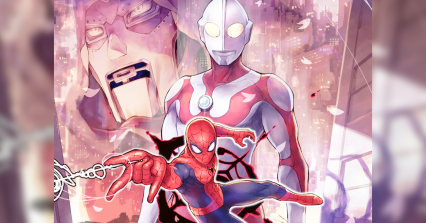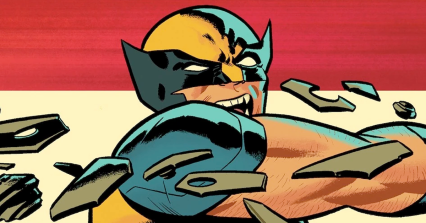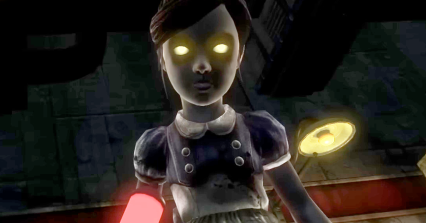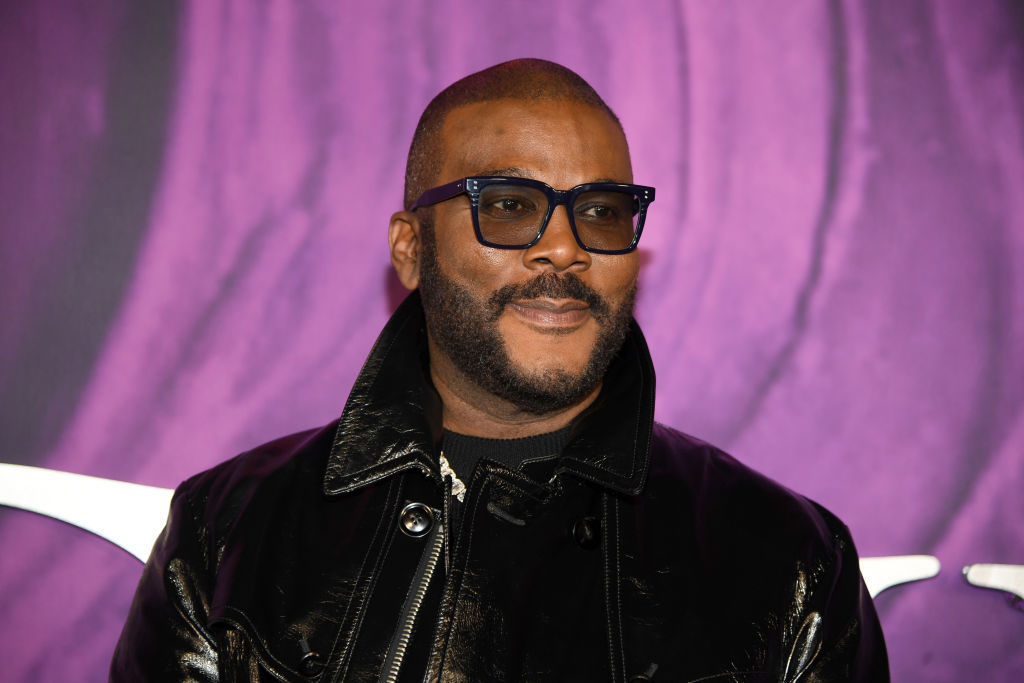‘Dragon Ball’ Creator Akira Toriyama Passes Away At Age 68 From Reported Acute Subdural Hematoma

In a moment that truly no fan ever really fathomed would come, famed Dragon Ball creator Akira Toriyama has passed on to the Other World.
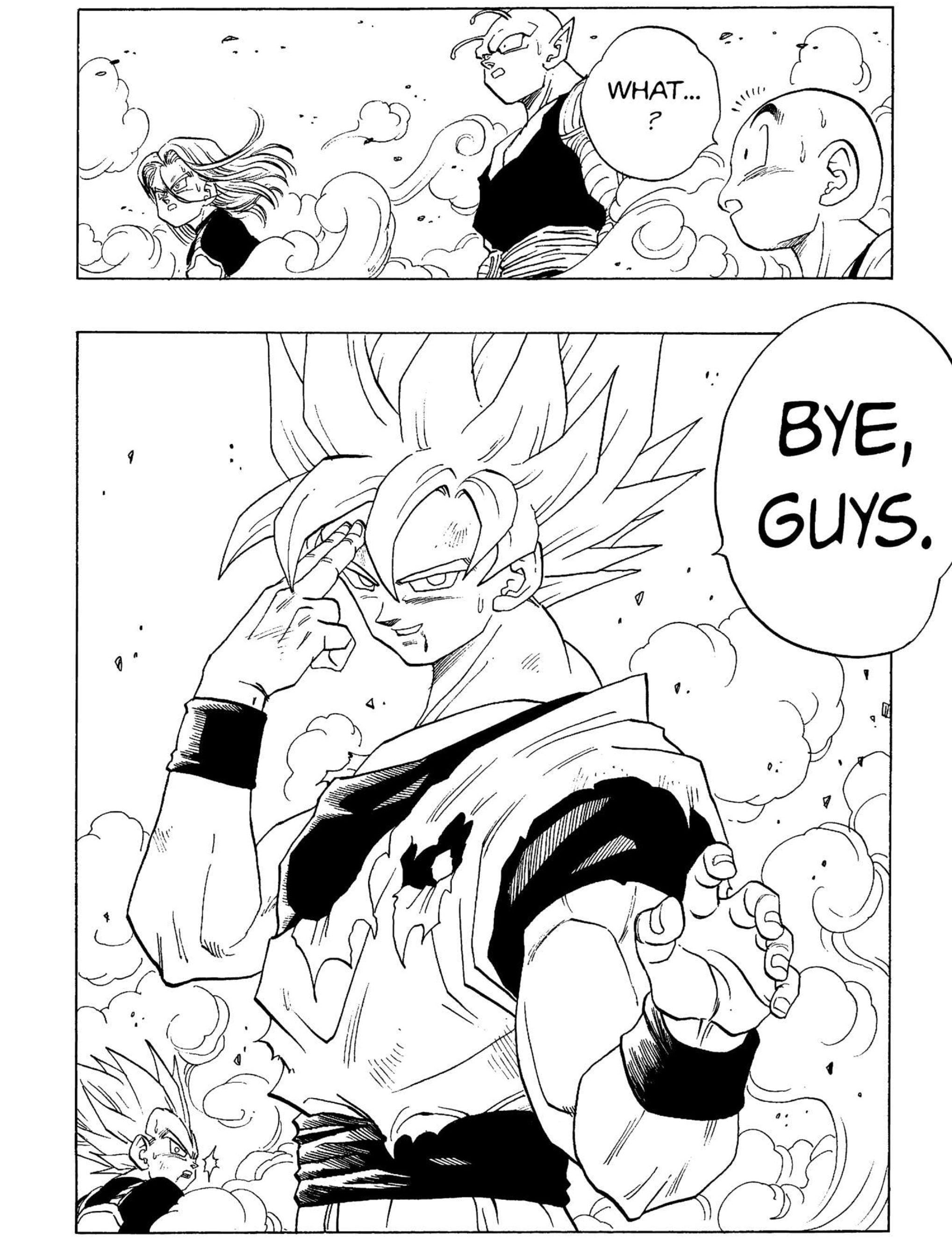
The news of the famed mangaka’s passing was first broken on March 7th courtesy of the official Dragon Ball website.
“We are deeply saddened to inform you that Manga creator Akira Toriyama passed away on March 1st due to acute subdural hematoma,” read a news update co-authored between the Dragon Quest co-creator’s own Bird Studio and the newly-founded entity in charge of the Dragon Ball IP, Capsule Corporation Tokyo.

“It’s our deep regret that he still had several works in the middle of creation with great enthusiasm,” the update continued. “Also, he would have many more things to achieve. However, he has left many manga titles and works of art to this world. Thanks to the support of so many people around the world, he has been able to continue his creative activities for 45 years.
“We hope that Akira Toriyama’s unique world of creation continues to be loved by everyone for a long time to come,” they ultimately asserted. “We inform you this sad news, with gratefulness for your kindness during his lifetime.”
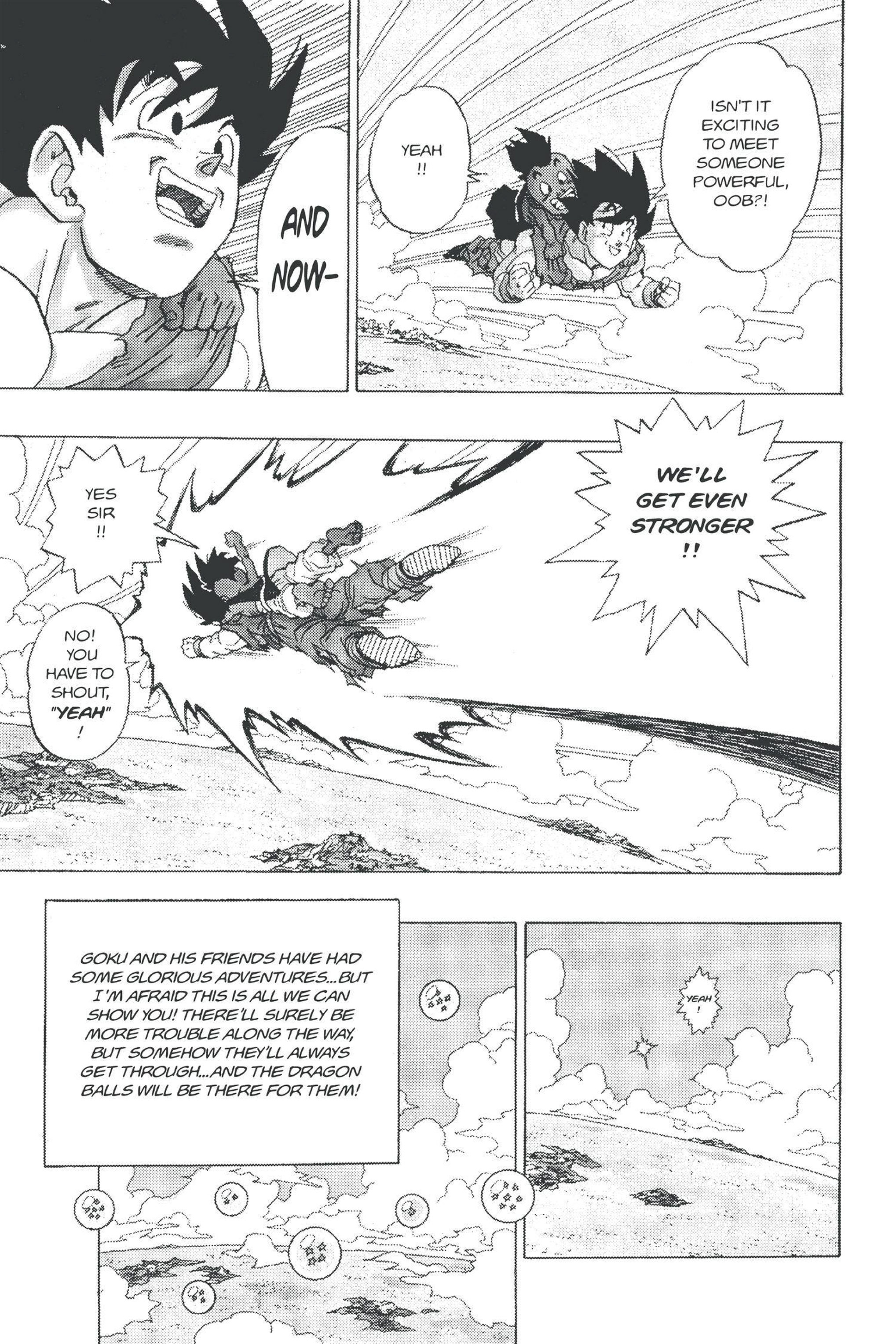
In light of his passing having occurred several days prior to its public announcement, the studios informed fans that his funeral service had already been held “with his family and very relatives.”
To this end, Bird Studio and Capsule Corp Tokyo further clarified to the public, “Following his wishes for tranquility, we respectfully inform you that we would not accept flowers, condolences gifts, visiting, offerings and others. Also we ask you to refrain from conducting interviews with his family.”
However, in acknowledgment of just how much the Dr. Slump mangaka’s work meant to the world, the message concluded with an assurance that while a “future plan for commemorate gathering is not decided, we will let you know when it’s confirmed.”
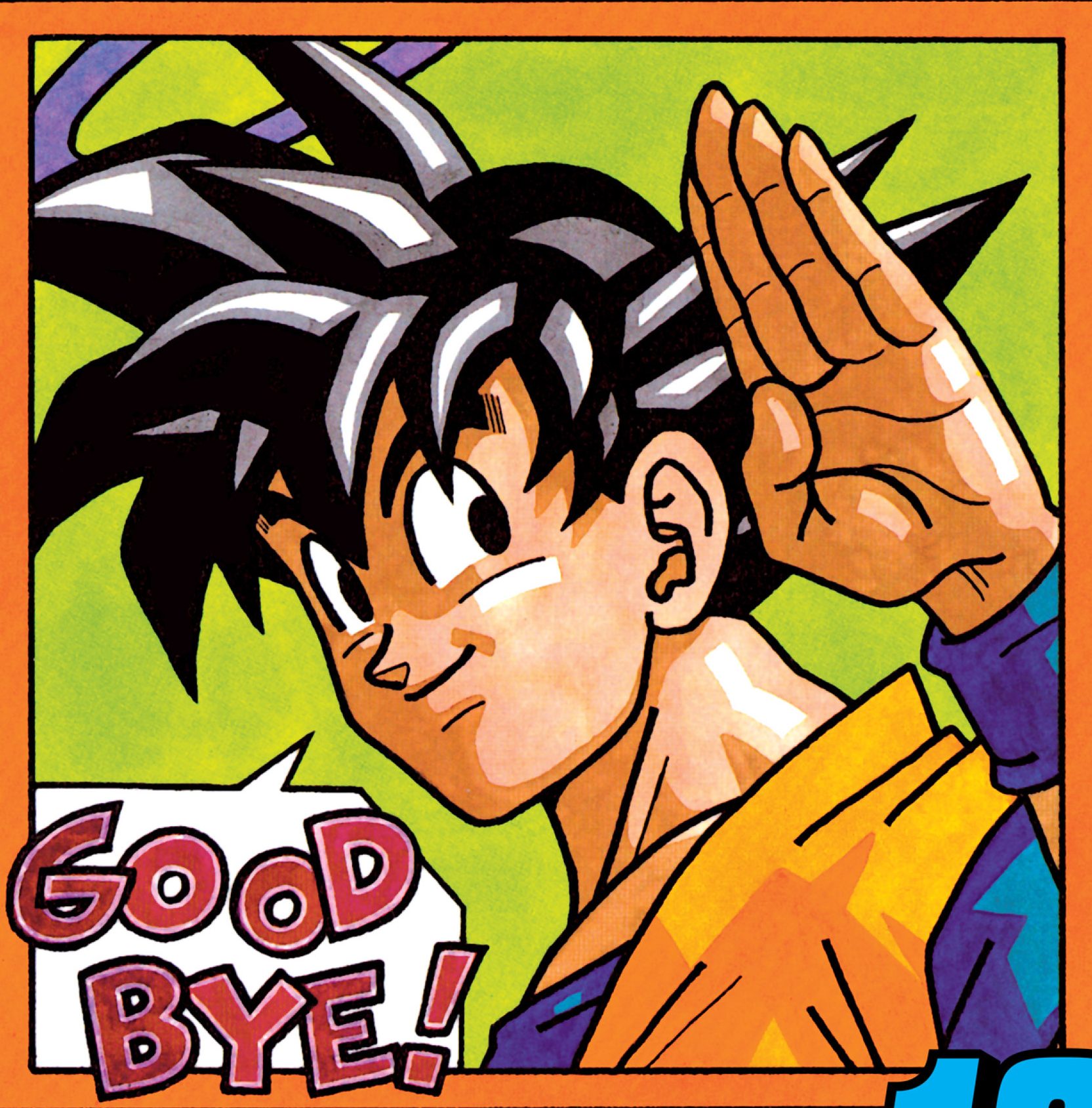
Born in Nagoya, Aichi, Japan in 1955, Toriyama’s interest in manga was first sparked, according to the mangaka himself, by Osamu Tezuka’s seminal Astro Boy.
And though he would spend much of his childhood doodling away, his high school years would see his artistic ambitions take a back seat to his burgeoning social life.
When the time finally came to graduate, rather than go on to college, Toriyama chose to enter the workforce.
Finding work as a poster designer for an advertising agency, the future-manga-superstar would eventually choose to leave his position after finding that, ultimately, the corporate life was not the life for him.

However, a man cannot live on hopes and dreams alone, and Toriyama soon found himself in desperate need of cash in order to keep supporting himself.
After a chance reading of Kodansha’s Weekly Shonen Magazine at a coffee shop, he decided to solve his money woes by entering into the magazine’s then-currently-ongoing open submission contest.
Unfortunately, he did not complete his submission in time to meet Kodansha’s deadline.

But when one door closes, another opens, and he soon thereafter discovered that Weekly Shonen Magazine‘s competitor, Shueisha’s Weekly Shonen Jump, held their own such contests every month.
Though his first submission to his eventual home magazine would be rejected for being a parody of Star Wars rather than an original work, after receiving encouragement to continue practicing from the editor who reviewed his work – none other than Kazuhiko Torishima, who would eventually serve as his editor on both Dr. Slump and the ‘Kid Goku’ years of Dragon Ball – Toriyama eventually produced Wonder Island, which after being deemed acceptable by Shueisha would go on to become his first officially published manga.
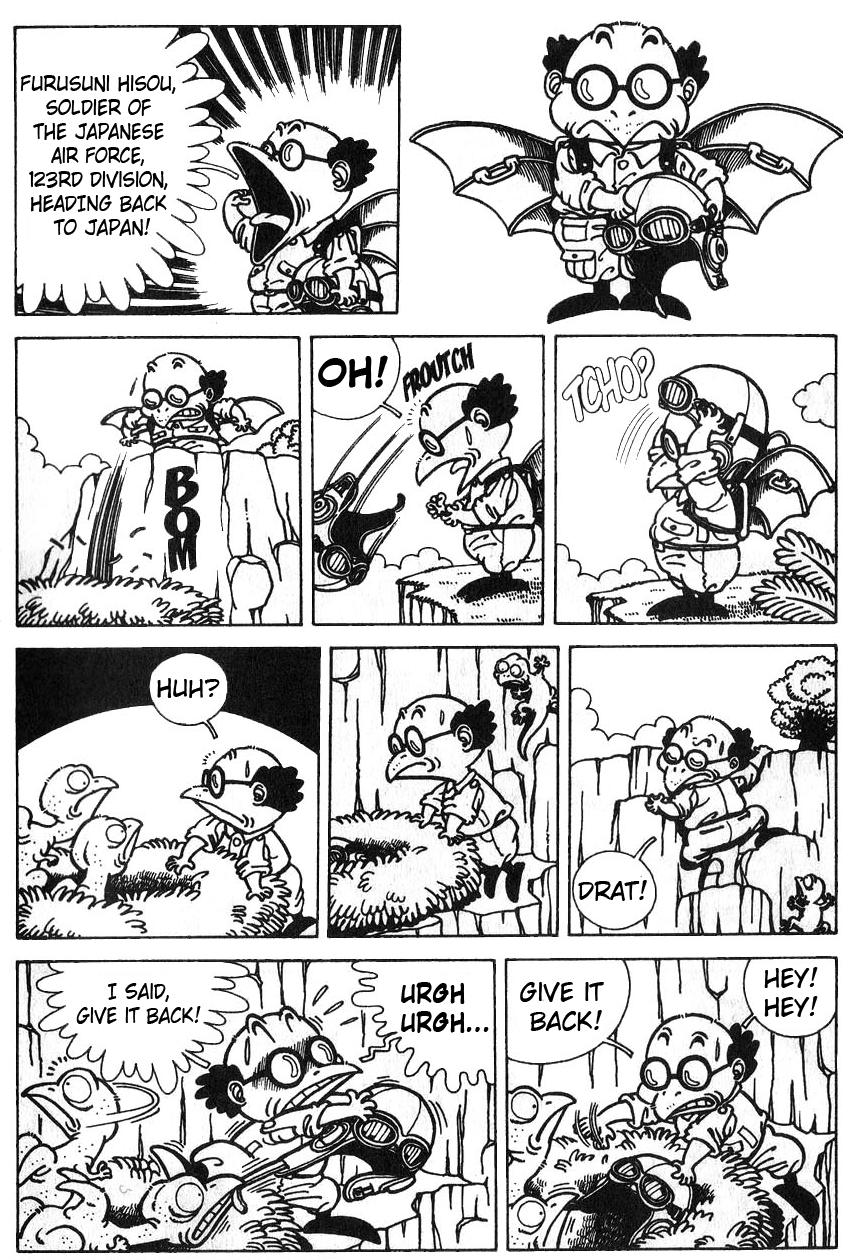
Though both Wonder Island and its sequel, Wonder Island 2, were complete misses with Shonen Jump‘s readership, the mangaka refused to abandon his creative dreams, instead committing himself to finding commercial success.
As a result of his tenacity, 1980 would see Toriyama produce the work that would launch him into manga stardom: Dr. Slump.
Though Toriyama only intended for Dr. Slump to run for a maximum of six months, thanks to its runaway success, Weekly Shonen Jump editorial would not allow him to bring it to an end until he delivered them a different series to take its place.
Thus, the adventures of the series’ purple-haired android antagonist Arale ultimately ended up going on for a total of four years and 236 chapters.
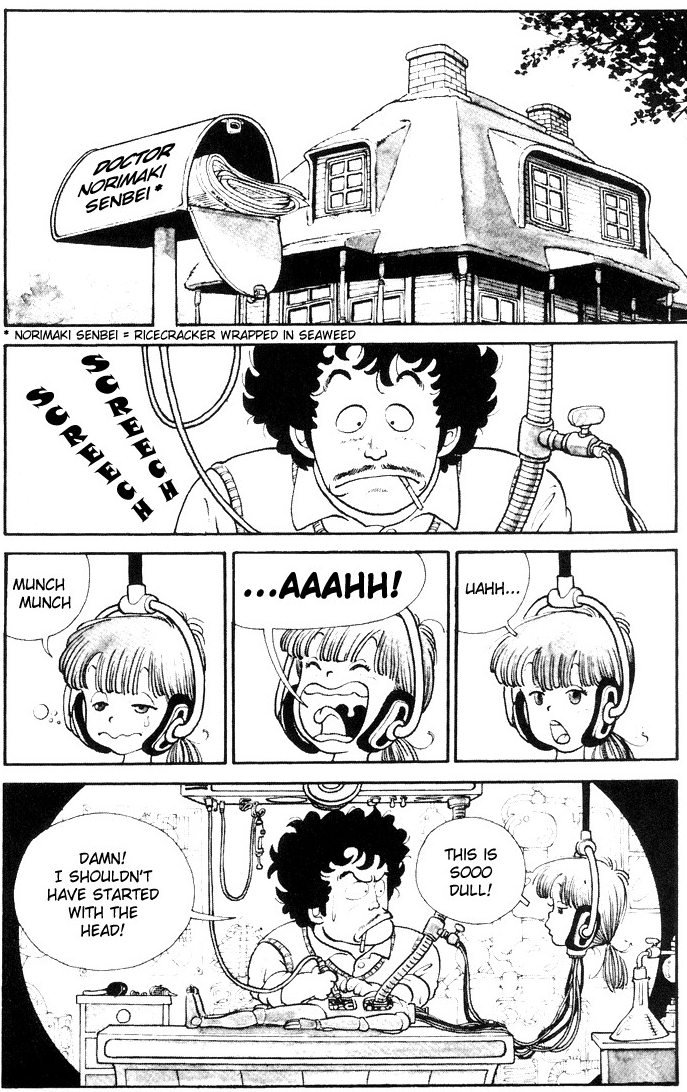
So, what would Toriyama eventually deliver in 1984 to allow him to bring Dr. Slump to a close?
Well, thanks to a suggestion from the aforementioned Torishima that he combine his loves for both manga and kung-fu movies, Toriyama brought Shueisha a Journey to the West parody that, unbeknownst to them at the time, would someday become one of its most venerated (and most profitable) series: Dragon Ball.
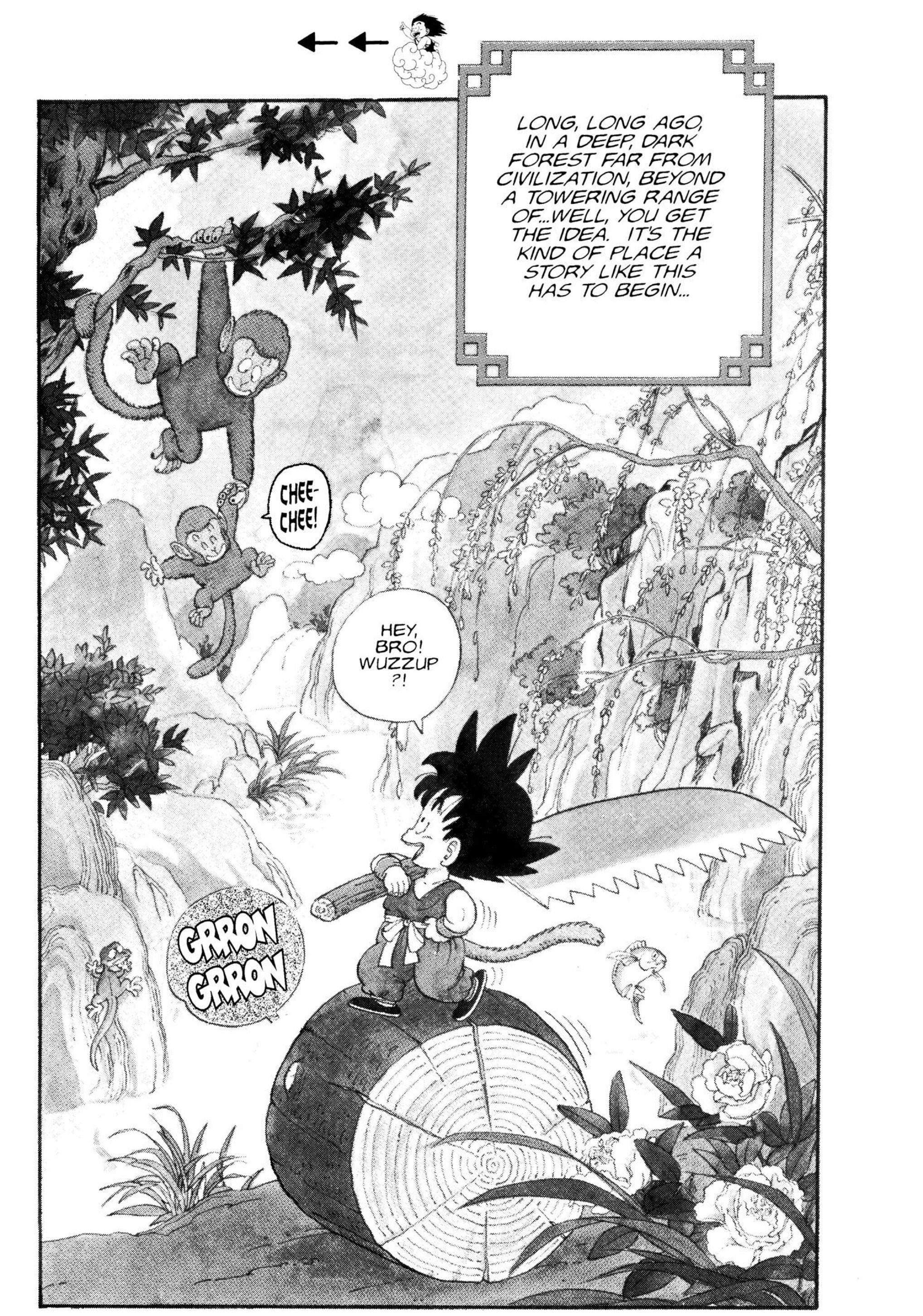
Notably, though he had his hands full with the burgeoning adventures of Son Goku, the mid-1908s still saw Toriyama found the time to lends his services – again at the nudging of Torishima – to a then-upcoming RPG title known as Dragon Quest.
And while the breakout success of the series’ first entry would see Toriyama serve as the franchise’s overall art director from then on out, it would also allow see him and his fellow Dragon Quest creator Yuji Hori reach such acclaim that they would eventually be tapped to work with Final Fantasy creator Hironobu Sakaguchi on what remains, to this day, perhaps one of the most widely-lauded video games of all time, Chrono Trigger.
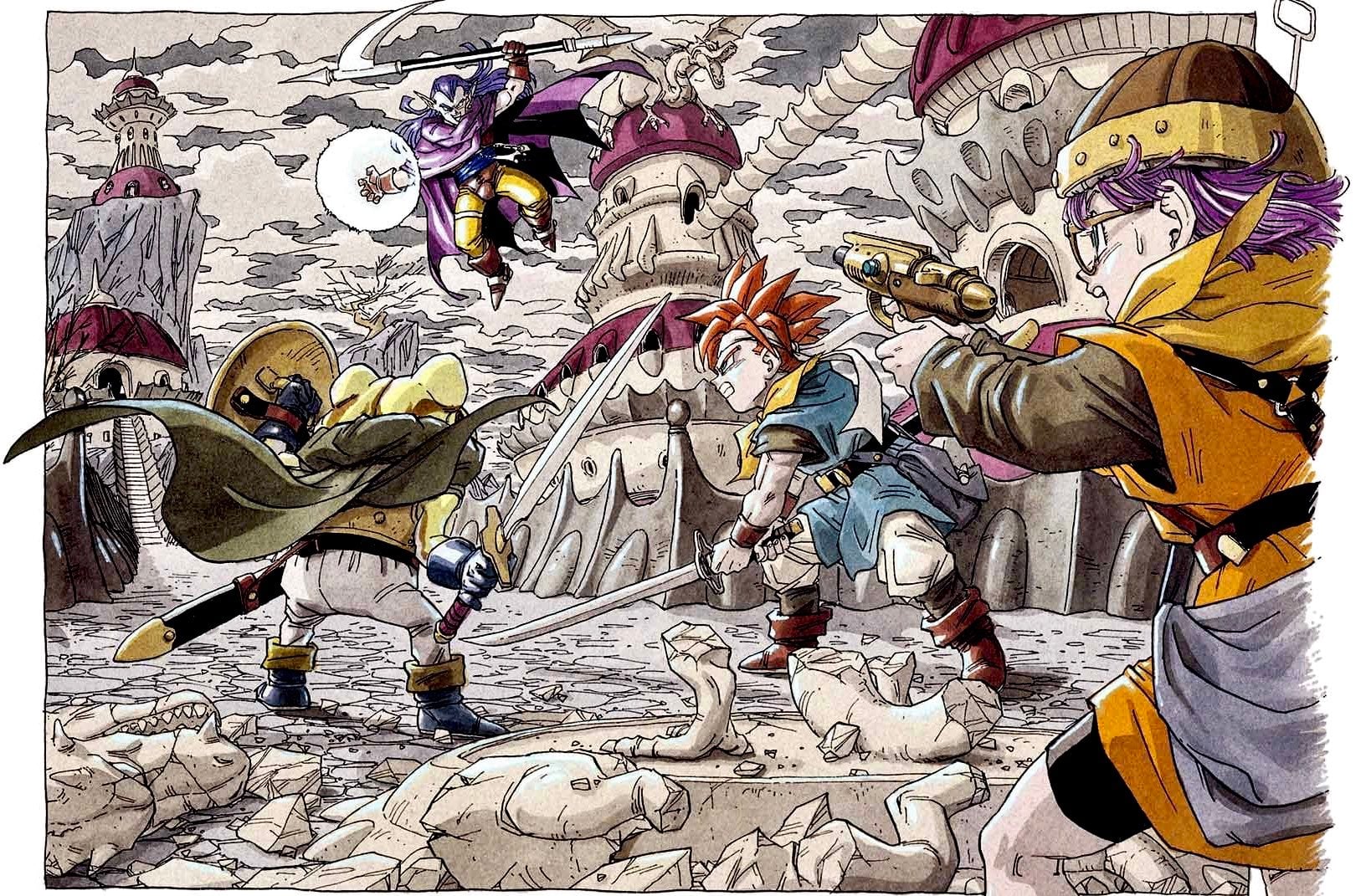
Of course, all good things must come to an end (after all, that’s the entire reason for this article’s authoring, isn’t it?), and after 11 years of making readers wish they could shoot energy from their hands, Toriyama eventually brought Dragon Ball to a close in 1985, his final page seeing Goku and the reincarnated form of Majin Buu, Uub, fly off into the sunset towards some unknown horizon.
But then came Dragonball Evolution.

Produced by 20th Century Fox in 2009, Toriyama found the live-action adaptation to be so absolutely terrible that, out of fear that the film would serve as the defining image of his creation in the minds of million, he powered up once more to produce the animated Dragon Ball Z: Battle of Gods and Resurrection ‘F’ cinematic outings.
And rather than return to retirement, Toriyama would instead team-up with mangaka Toyotaru to produce an official sequel to Dragon Ball, Dragon Ball Super, which ostensibly had been working on until his death.
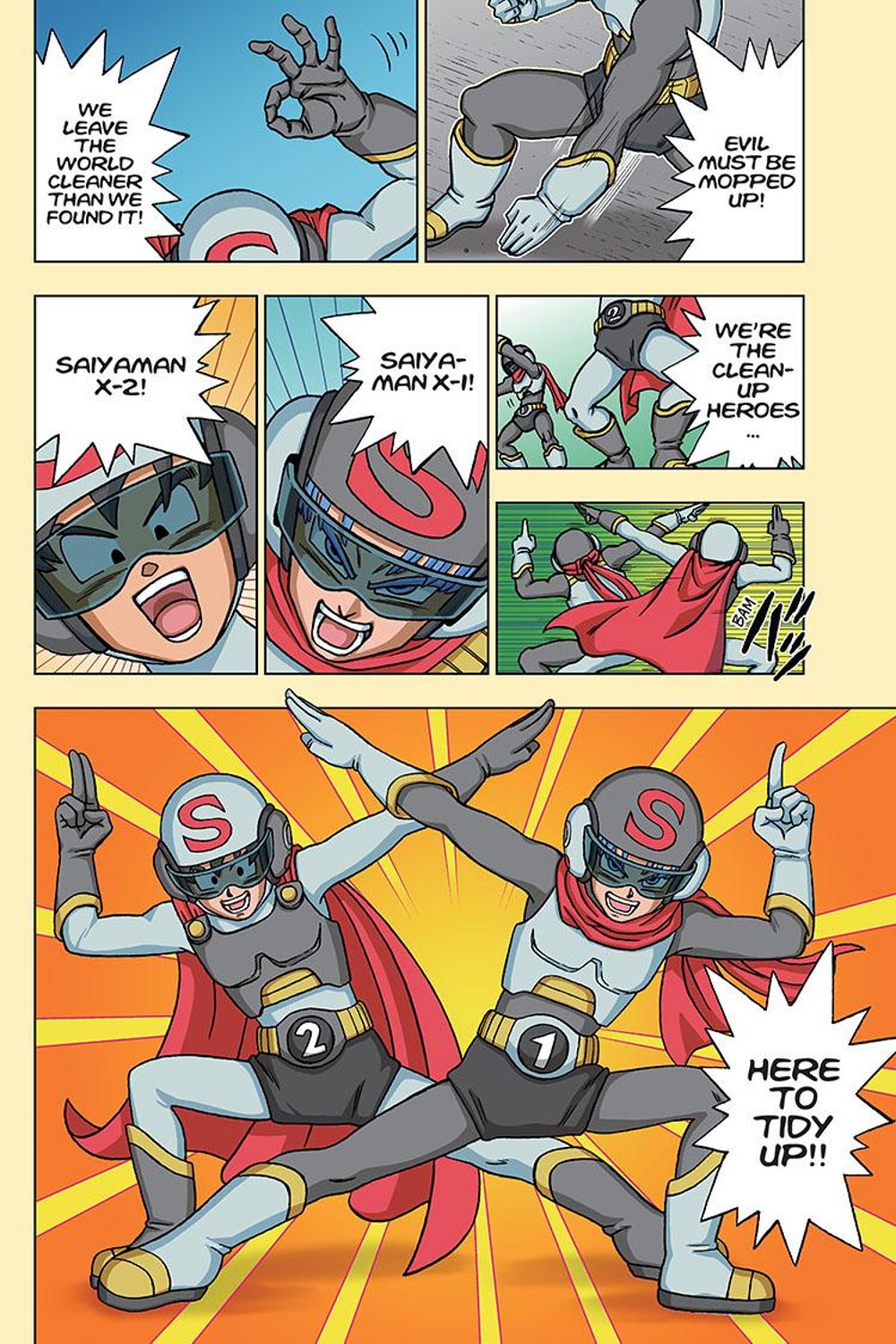
Here at the end, what’s there left to say?
Thank you for everything, Toriyama. Rest in peace.
